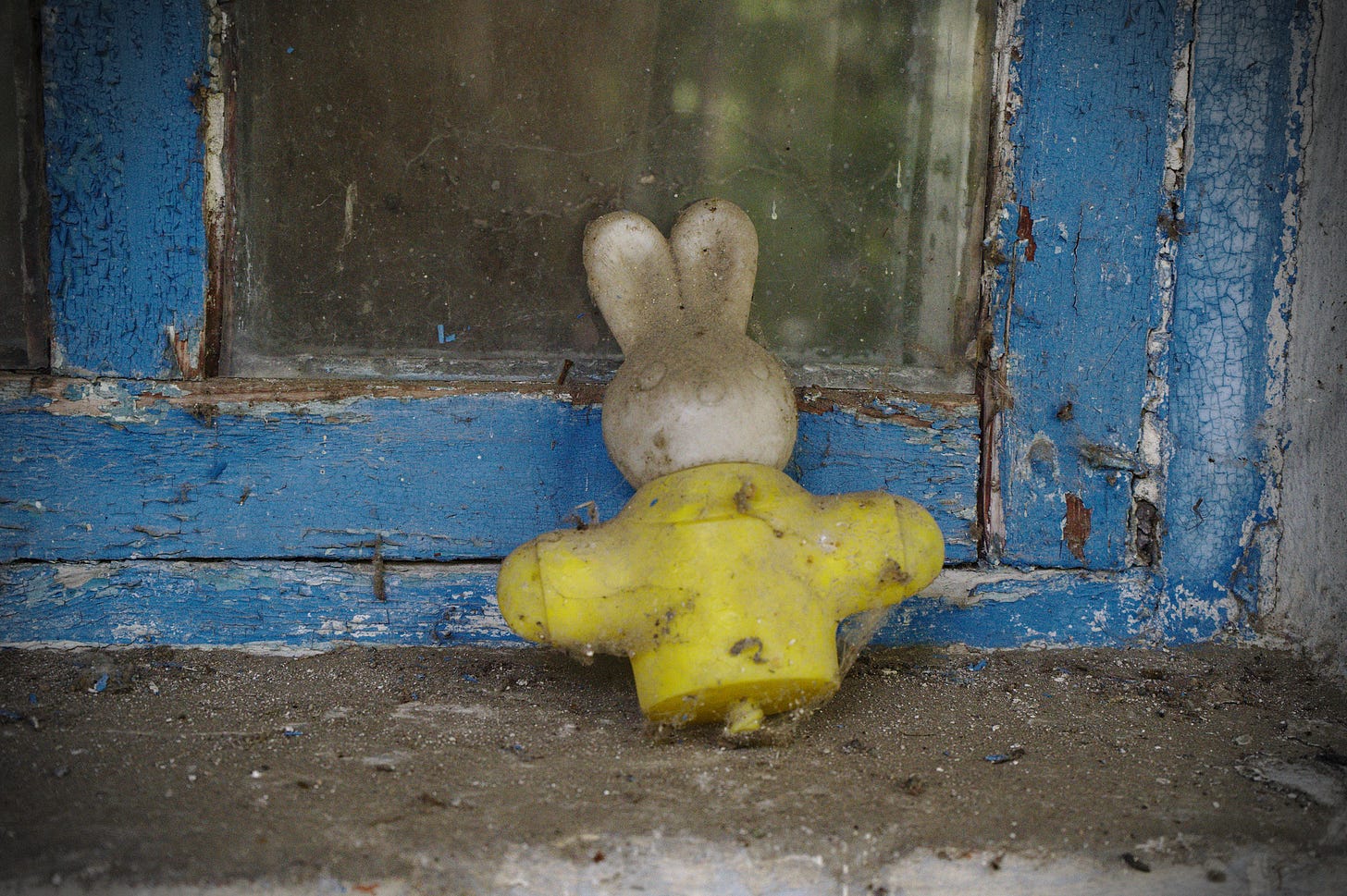For most of humanity’s two hundred thousand year history on our shared planet, we humans were born into a village where forty pairs of eyes welcomed us and forty pairs of hands guided us.
But, you and I arrived a few thousand years too late to receive this welcome. You and I were born, instead, into a consumer culture — a culture that began its spread across the globe some 20,000 years ago.
Arriving in this culture, we’re recipients of a very different welcome, one that’s entirely unexpected. Only one, or maybe two, pairs of eyes meet us; only one, and possibly two, hearts take us home with a promise to love us.
And there’s no way these one or two parents of ours can possibly meet all of our childhood relational needs. There’s just no way they can satisfy all of our childhood emotional longings. This would have taken a village.
So, you and I inevitably grow up with repeated, subtle failures in our childhood relationship with our parents. There are those times when our parents feel painfully absent as we run up to them with our sadness over scraped knees or broken hearts. There are those times our parents appear to forget about us when we longingly reach up to them for needed hugs to soothe feverish bodies or frightened hearts. All too often, we stood there expectantly waiting, and their touch never came, or what came instead was a distracted or misguided response.
Over time, it all piled up.
There’s a cumulative effect to these slight misses, these small indignities. Each miss wears away at the dream of a rich connection to our parents, the dream of a deep bonding with our mothers and fathers.
Over time, an essential hope dims. The childhood hope of being loved unconditionally, of being loved just as we are, dims.
We’re left alone too often with our feelings and with our thoughts, left alone without the emotional protection of our parents. That’s when an awful, terrible idea arrives. It’s an idea that, paradoxically, gives us a glimmer of hope…
Maybe, this is all our fault.
Maybe, there’s something’s wrong with us.
Maybe, the reason our parents don’t seem to want us, or at least not all the parts of us, is because something’s broken inside of us.
Maybe, we’re broken children.
This idea distorts our understanding of ourselves. It distorts our belief in ourselves. It distorts our very relationship with ourselves.
We start convincing ourselves that not only are we broken, but perhaps we’ll have to do something about this. Perhaps we’ll have to fix whatever it is that’s gone haywire inside of our psyches.
Our awful, terrible idea soon has us faced with an awful, terrible choice.
On the one hand, we can continue to be all we were born to be, a mirror of our souls. We can keep expressing all of our rich emotional selves, all of our rich relational selves, holding on to all of who we are.
Or, we can see ourselves the way we imagine our parents see us. We can see ourselves through the mirror of their eyes. We can recognize which parts of ourselves our parents don’t seem to like, don’t seem to want, don’t seem care enough about. And we can decide these must be our broken parts.
For a short time, we can hold on to both these realities. We’re a mirror of our souls on the one side and we’re as mirrored in our parents eyes on the other. But these are divergent reflections. They create an unbearable tension, one we can’t endure for long.
We’ll have to choose. It’s one or the other. It can’t be both. And, as children, faced with this dilemma, we choose our loyalty to our parents over our loyalty to ourselves, choosing our parents’ view over our innate view.
And so it begins, the process of exiling parts of ourselves.
We begin a process of trading in our natural shape, trading it in for the shape we’re sure our parents are wishing for. We tell ourselves our natural shape must be a disfigurement… after all, it’s disqualifying us from our parents’ love.
We start chopping off parts of ourselves, chopping off the parts we’re certain our parents don’t want, chopping off entire portions of our rich inner selves for the sake of inclusion.
Chop! Chop! Chop!
We tell ourselves these severed parts must go. They’re the problem. They’re the cause of our unacceptability.
We banish these parts to the outskirts of our awareness, telling them never to return. These parts of ourselves become outcast siblings, exiled brothers and sisters told to exist hidden from our gaze and from the gaze of others.
Our inner landscape is divided between insiders and outsiders, divided between the worthy parts and the worthless parts. It’s an inner landscape with a wall between the parts we identify as “us” and the parts we call “other”, the “above parts” we aspire to personify and the “below parts” which lie beneath us and which we hold in contempt.
Our identity, our very sense of self, is fragmented. It’s parts of us we want to be and outcast parts we wish away, but…
… these outcast parts are also our feelings (perhaps our sadness or our anger). These outcast parts are also our relational needs (perhaps our need for security or our need for validation). These outcast parts are also our bodies (perhaps our sexuality or our appearance).
So, all this feels extraordinarily strange at first. But, gradually over time, this extraordinary state becomes uncomfortably ordinary.
[Stay tuned for more to come in my next newsletter.]







Do I hear some Richard Schwartz in this? It resonates.